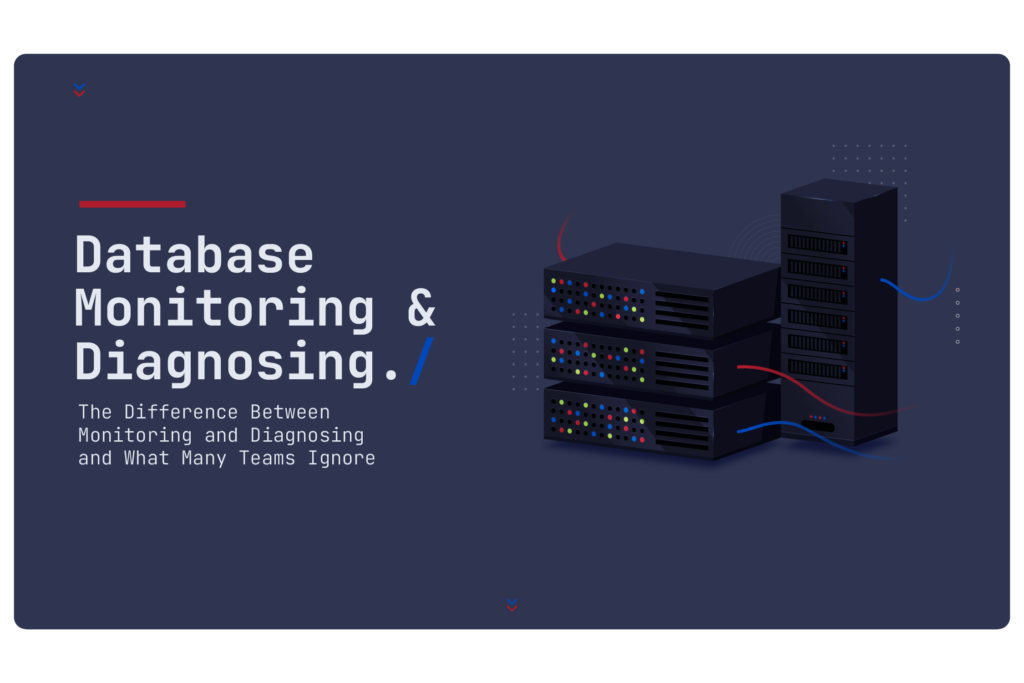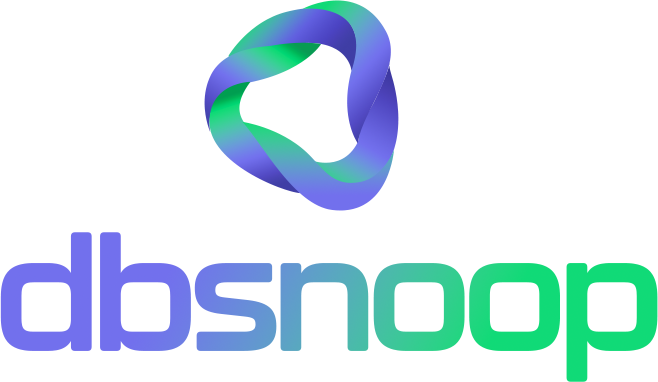

In modern DevOps and cloud environments, technology teams are accustomed to monitoring infrastructure with an arsenal of tools: Prometheus, Grafana, Datadog. These provide a comprehensive view of system health, with metrics for CPU, memory usage, I/O, and network latency. However, a common and critical mistake is to confuse this infrastructure visibility with the granular, contextual diagnosis of the database.
A high CPU on the database server is a symptom, not the disease. Infrastructure monitoring can tell you that something is wrong, but it doesn’t tell you what. It doesn’t pinpoint the specific query consuming resources, the suboptimal execution plan causing the bottleneck, or the lock that is blocking the transaction. The failure to distinguish between these two layers of analysis is what leads to long hours of ineffective troubleshooting and temporary fixes.
This article will demystify this crucial difference and show why, to solve real performance problems, you need to go beyond monitoring and dive into database diagnosis with tools that offer a contextual and intelligent view, like dbsnOOp.
Monitoring Infrastructure: Where Visibility Begins
Infrastructure monitoring is essential. It gives you a macro view of your ecosystem’s health. Imagine a car’s dashboard: it shows you the engine temperature, fuel level, and speed. These are vital data to know if the car is running, but they don’t tell you why the check engine light came on.
Cloud infrastructure monitoring tools focus on:
- Server Metrics: CPU, RAM, disk space, network I/O.
- Service Health: Uptime of containers, status of pods in Kubernetes.
- Alerting: Notifications when a metric exceeds a predefined threshold (e.g., CPU > 90%).
- Log Analysis: Collection and search of application and system logs to identify errors.
These metrics are invaluable for knowing that a problem exists. A CPU spike on the database server is a warning sign. But from there, infrastructure monitoring leaves you stranded. It doesn’t offer the context to understand the root cause. The question of “What?” is answered, but “Why?” and “How to fix it?” remain.

Diagnosing the Database: Where the Root Cause Is Revealed
Database diagnosis is the mechanic who lifts the car’s hood, connects the diagnostic scanner, and thoroughly examines every part of the engine. They don’t just care about the temperature, but about what is causing the overheating: a radiator leak, a faulty water pump, or a loose belt.
Database diagnosis requires a much deeper layer of analysis, focused on the internal details of the operation:
- Query History and Execution Plans: Where monitoring shows the CPU spike, diagnosis shows exactly which query was executed at that moment, its execution plan, its parameters, and why the database optimizer executed it inefficiently.
- Context and Telemetry: A good database diagnosis tool doesn’t just record the query, but the complete context: which application executed it, from which server, in which environment (dev, staging, prod).
- Wait Time Analysis: Why did a query take so long? Was it due to a lack of CPU? Waiting for I/O? Or was it a lock on another transaction? Diagnosis answers these questions with precision, revealing the true bottlenecks.
- Intelligent Optimization: Instead of just alerting, the database diagnosis tool suggests concrete solutions: rewritten queries, new indexes to be created, or parametrization adjustments.
Without this level of granularity, the DevOps team might end up oversizing the database server (increasing cloud costs), which is an expensive and inefficient solution for a problem that was actually a poorly written query.
dbsnOOp: The Bridge Between Monitoring and Diagnosis
dbsnOOp is the platform that fills this critical gap. It doesn’t replace infrastructure monitoring, but complements it, acting as the missing intelligent diagnosis engine.
- End-to-End Telemetry: dbsnOOp doesn’t just collect metrics, but the complete telemetry of every query that passes through your database. This includes performance details, execution plans, and the exact operational context.
- AI That Goes Beyond: Our Artificial Intelligence doesn’t just detect anomalies. It correlates CPU spikes (identified by infrastructure monitoring) with the query that caused them, the lock that blocked it, and the performance regression that generated it.
- Actionable Solutions: Instead of a generic alarm, dbsnOOp delivers a complete diagnosis and a ready-made solution. It rewrites the query, suggests the DDL command to create the index, and explains why the solution will work, freeing the DBA and DevOps team to focus on strategic tasks.
- Cloud Integration: dbsnOOp is cloud-native. It integrates with your infrastructure to give you a complete view, linking your database’s performance to your application’s performance.
The difference is clear: infrastructure monitoring says the check engine light came on. dbsnOOp’s database diagnosis tells you that the fault is in the oxygen sensor and what you need to do to fix it. Don’t ignore the root cause; empower your team with the right tool to diagnose and solve performance problems definitively.
Do you want to end troubleshooting in the dark and solve real database problems? Schedule a meeting with our specialist or watch a practical demonstration!
Schedule a demo here.
Learn more about dbsnOOp!
Learn about database monitoring with advanced tools here.
Visit our YouTube channel to learn about the platform and watch tutorials.


